Design and Implementation of a Real-Time Smart Home Management System Considering Energy Saving
Abstract
1. Introduction
Motivations and Problem Statement
- Design and implementation of a real prototype of a clean energy-powered smart home with a home automation system using the IoT platform, which facilitates the monitoring and control of home appliances, as well as home safety support.
- The voice-controlled home automation system is made to help people with disabilities and the elderly to fully control their home appliances.
- Protection of the residents of the house from those infected with the COVID-19 virus by measuring the temperature of people coming to the home through a body temperature sensor in front of the home door.
- Improvement of the system’s overall efficiency by using optimization techniques to achieve optimal operation and protect the ESS from deep discharge and overcharging.
- Validation of the functionality of the proposed system regarding automation, security, and safety and evaluate the performance of the developed system. The effectiveness of the designed system is validated by using simulation in LabVIEW software.
- A simulation is done on a large-scale model to ensure that it can actually be applied to an existing real home. Moreover, the proposed system is implemented on a large-scale in a real home to validate the effectiveness of the proposed model, and real-time results for the system are taken.
2. Methodology
3. Home Automation System Implementation
4. Experiment Setup and Data Collection
Solar Battery Backup Time
5. LabVIEW Program
6. Case Study
6.1. Problem Statement
6.2. Proposed System
6.3. Objective Function
6.4. Constraint
6.5. Home Appliances
7. Results and Discussion
8. Conclusions
- An IoT system for the HEMS was implemented and developed inside a smart home that takes into account humidity, temperature, and light intensity and is accordingly interfaced with Raspberry Pi to control the use of devices inside the home, not only turning them on and off, but also controlling the way they operate, such as controlling the fan speed and temperature degree of the air conditioner and intensity of illumination, as well as home safety support.
- A voice-controlled home automation system was implemented to assist the disabled and elderly within the home. Furthermore, a body temperature sensor at the front of the home door was used to protect residents inside the home from those infected with COVID-19.
- The overall system efficiency was improved by using optimization techniques to achieve optimal operation and protect the ESSs from deep discharge and overcharging.
- The proposed system was simulated using the LabVIEW program to verify the effectiveness of the proposed system. Moreover, it was implemented on a large scale in a real home to validate the effectiveness of the proposed model.
- The results highlight the optimum energy management performance to obtain a daily operating cost reduction and cover the required load. In addition, it achieved a balance between daily energy cost and user comfort.
- There was a decrease in operating costs by about 23.13%. The daily operating costs were around EUR 16,039. The consumption value during the day before using the proposed system was about 78.5 kWh, while the consumption decreased after using the improvement and reached about 60.34 kWh.
- The simulation results also show that the daily load demand can be covered at the lowest possible operating cost by using only 118.1039 m2 of the total surface area to install the solar panels.
Author Contributions
Funding
Institutional Review Board Statement
Conflicts of Interest
Appendix A. Description of the HAMS’s Components
Appendix A.1. Raspberry PI 4

| Raspberry Pi Classifications | RAM | Processor Rate |
|---|---|---|
| Raspberry Pi 4 B | 4 GB | AMD ARM v8, 1.5 GHz |
| Raspberry Pi 2 B | 1 GB | Quad-Core ARM Cortex-A7, 900 MHz |
| Raspberry Pi 3 B | 1 GB | Quad-Core 64-bit ARM Cortex A53, 1.2 GHz |
| Raspberry Pi 3 B + | 1 GB | 64-bit ARM Cortex A53, 1.4 GHz |
| Raspberry Pi Zero | 512 MB | single-core ARM11, 1 GHz |
Appendix A.2. Motion Sensor
Appendix A.3. Temperature and Humidity Sensor

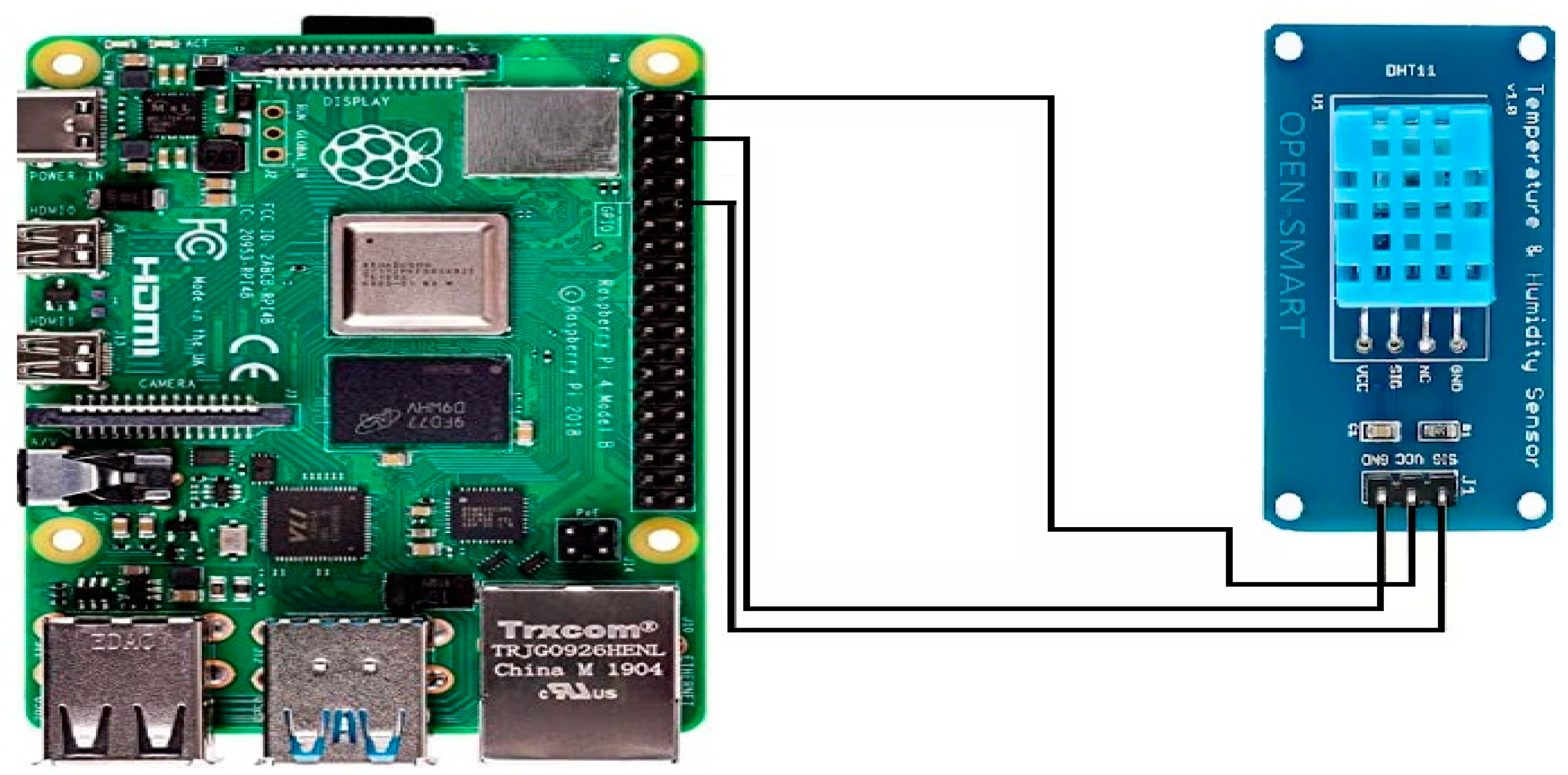
Appendix A.4. Body Temperature Sensor
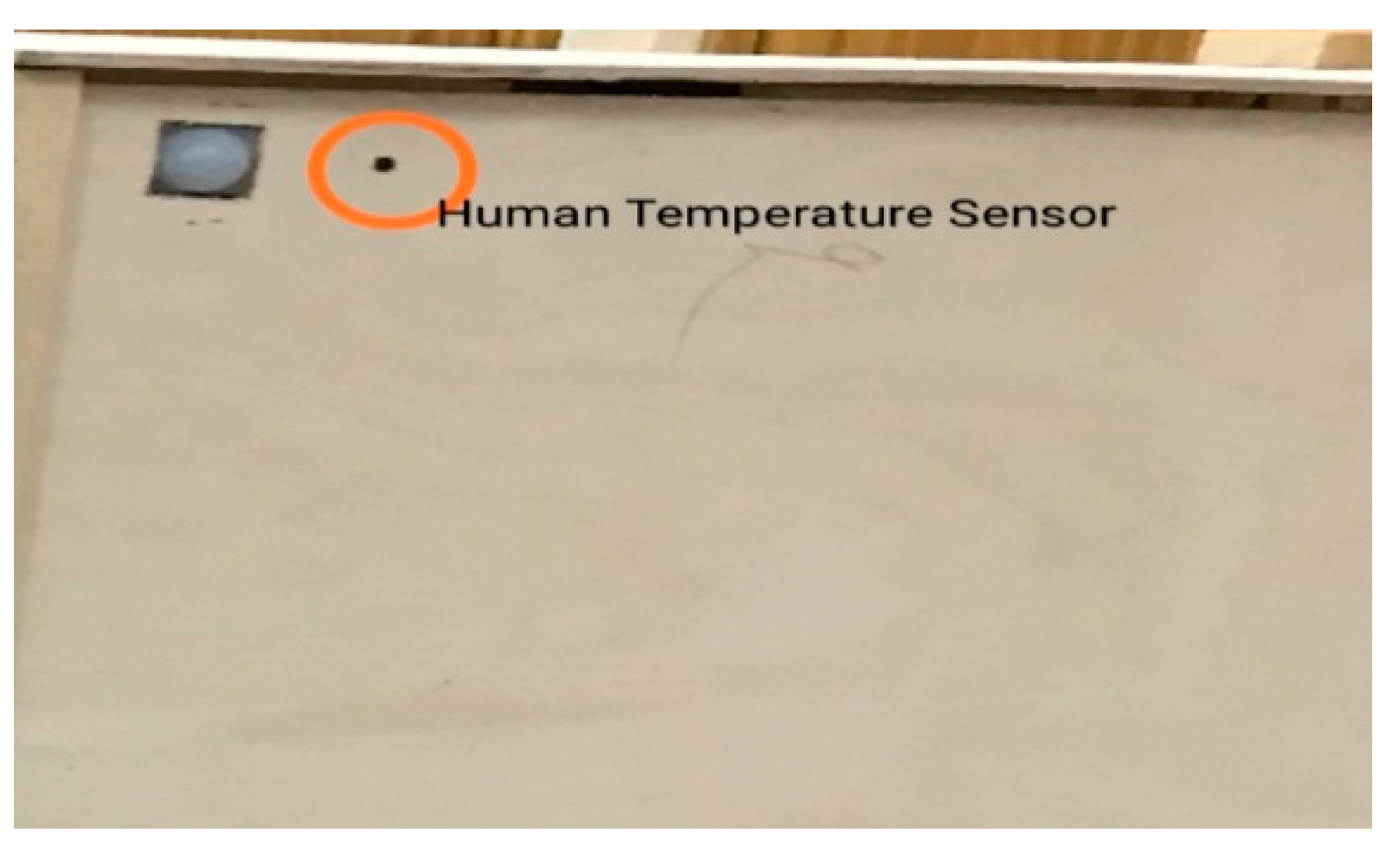
Appendix A.5. Relay Module
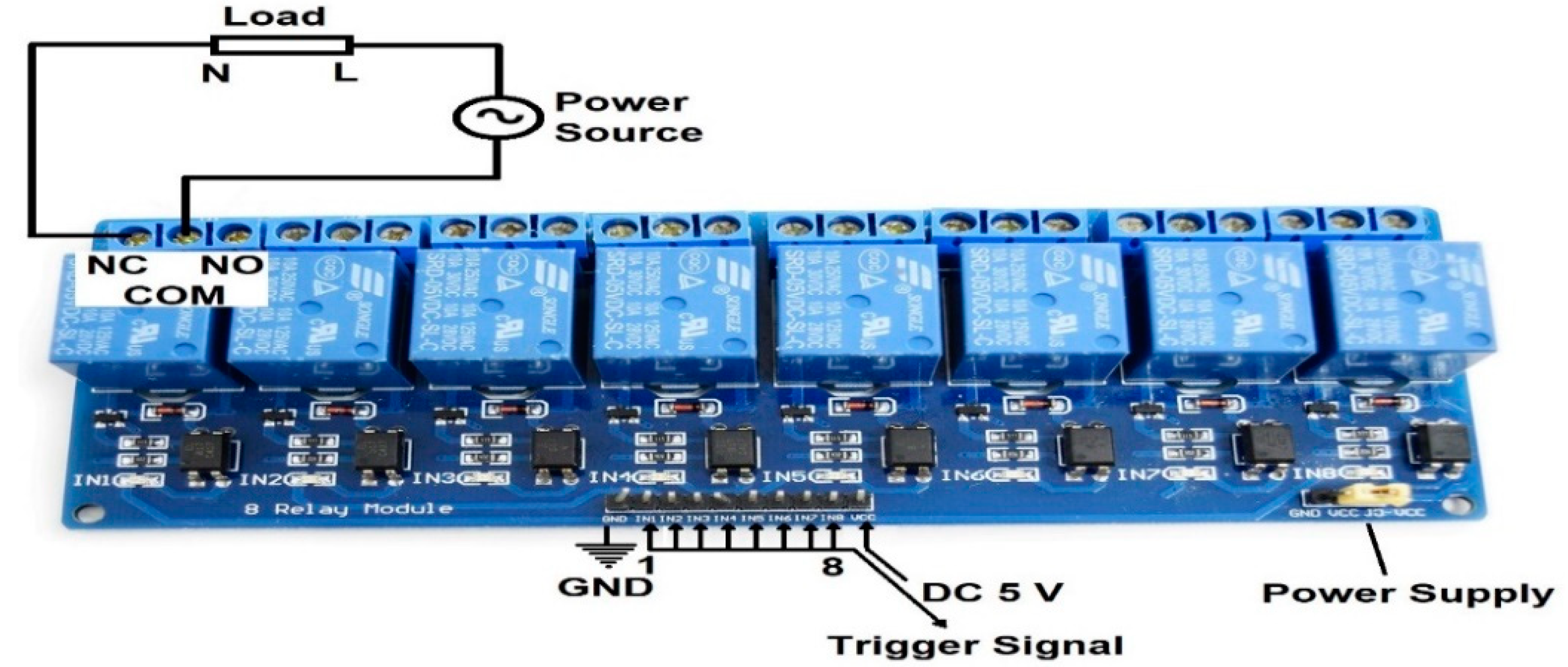
Appendix A.6. Z-Wave Protocol
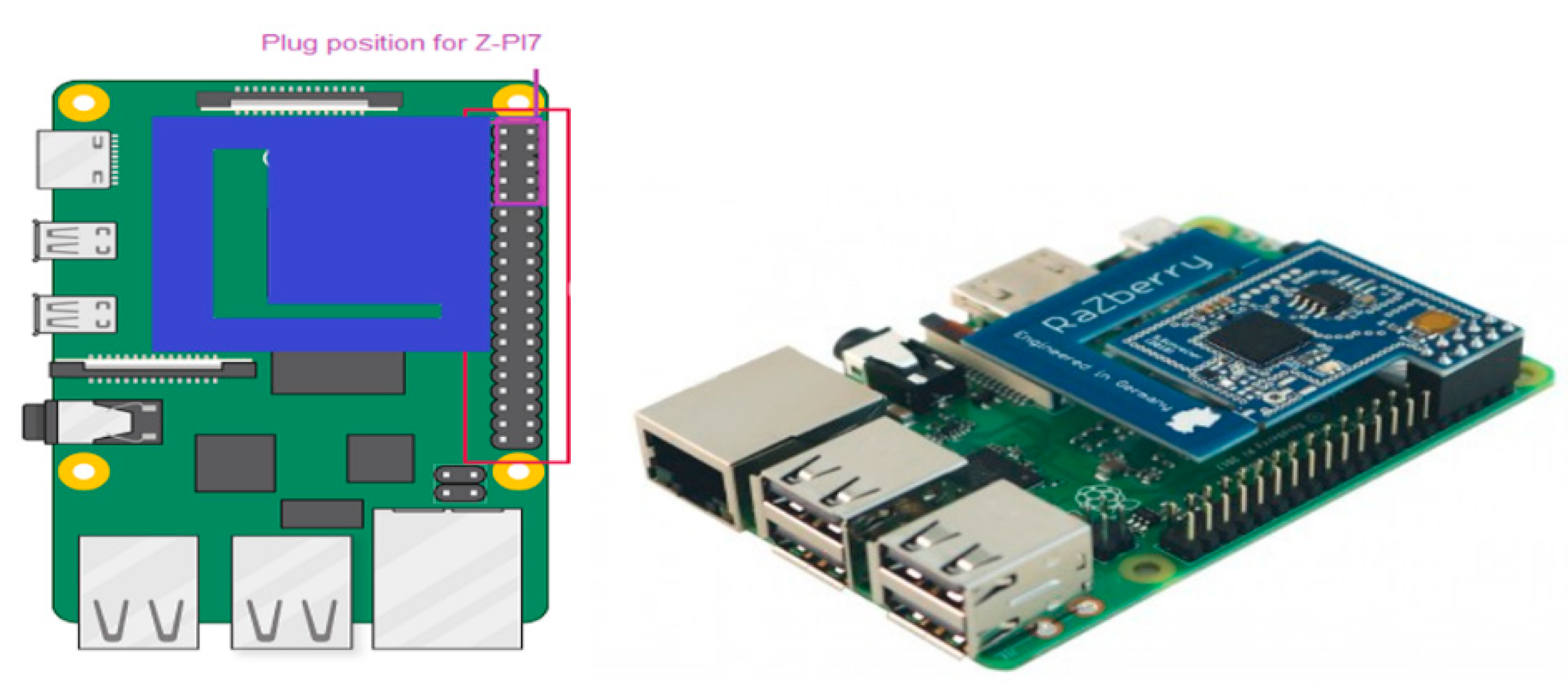
Appendix B
Appendix B.1. The Off-Grid Solar System Consists of a 100 W Solar Panel

Appendix B.2. A 12 V, 7 Ah Lead-Acid Battery with 10 A Solar Controller
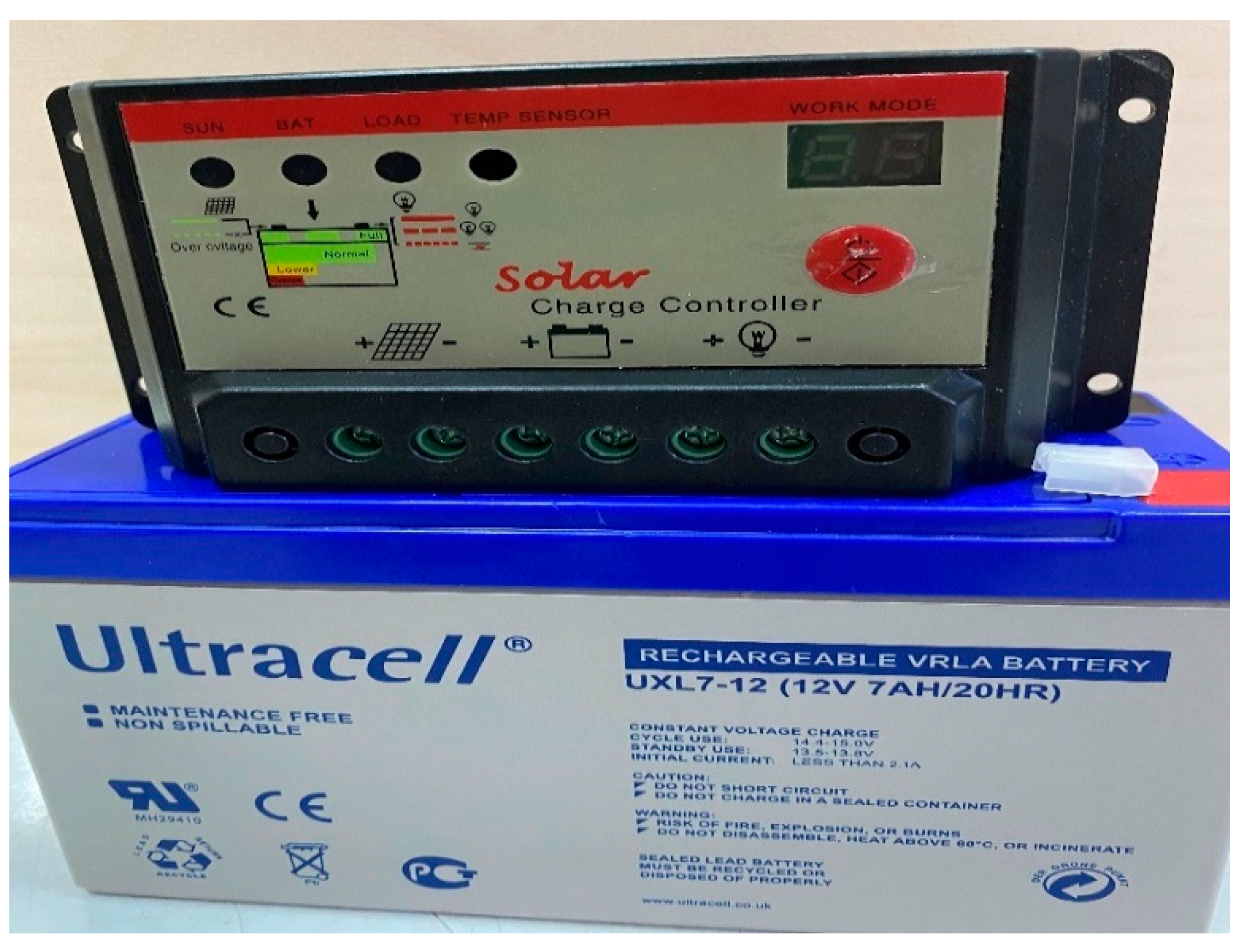
Appendix B.3. A Toy Electric Vehicle and the Associated 5 V Charging Point

Appendix C
Appendix C.1. LabVIEW GUI Configuration

Appendix C.2. Sensors’ Data Monitoring Using LabVIEW GUI Configuration
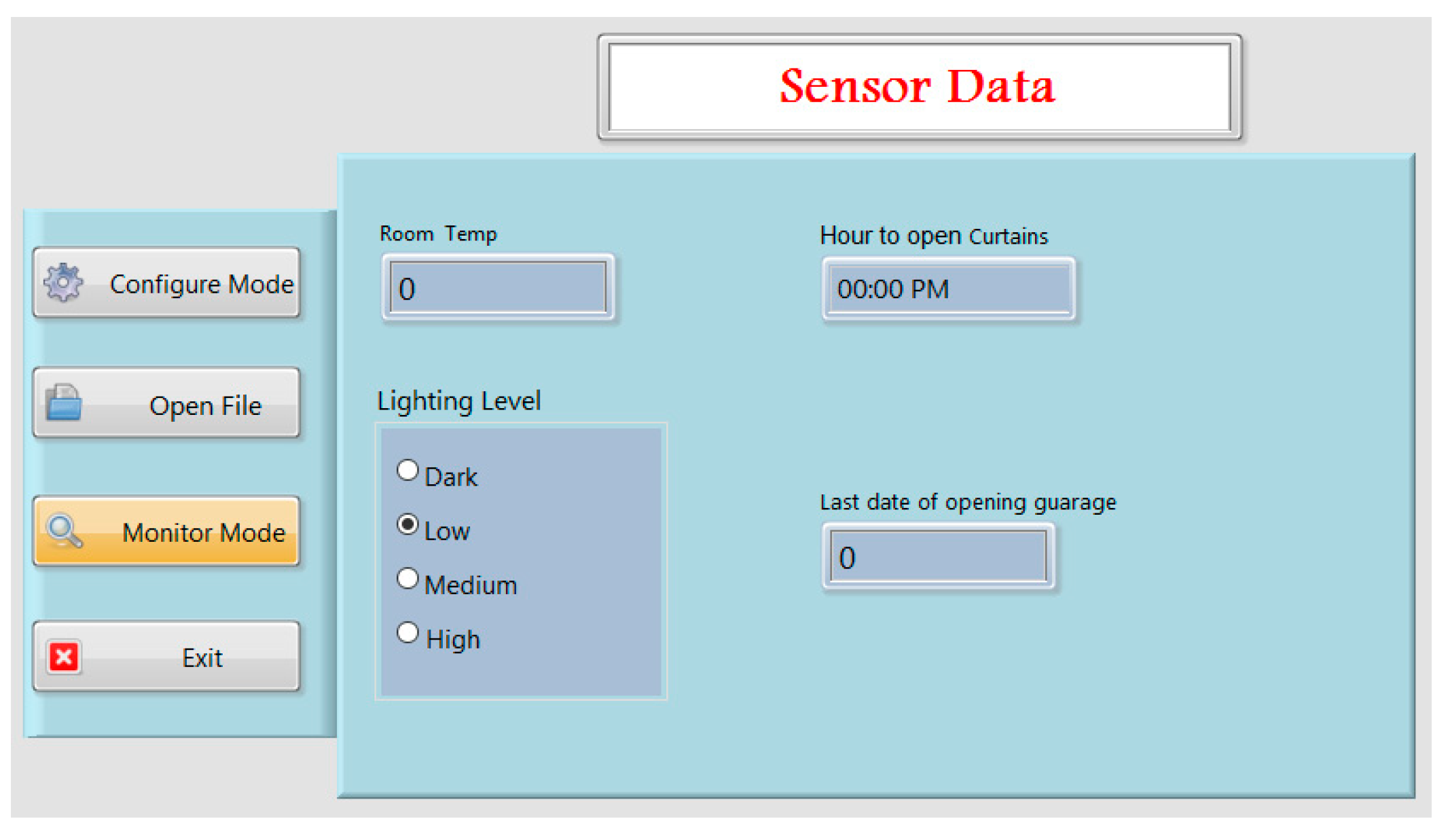
References
- Elkholy, M.H.; Metwally, H.; Farahat, M.A.; Nasser, M.; Senjyu, T.; Lotfy, M.E. Dynamic centralized control and intelligent load management system of a remote residential building with V2H technology. J. Energy Storage 2022, 52, 104839. [Google Scholar] [CrossRef]
- Jabbar, W.A.; Kian, T.K.; Ramli, R.M.; Zubir, S.N.; Zamrizaman, N.S.; Balfaqih, M.; Shepelev, V.; Alharbi, S. Design and fabrication of smart home with internet of things enabled automation system. IEEE Access 2019, 7, 144059–144074. [Google Scholar] [CrossRef]
- Li, W.; Logenthiran, T.; Phan, V.-T.; Woo, W.L. A novel smart energy theft system (SETS) for IoT-based smart home. IEEE Internet Things J. 2019, 6, 5531–5539. [Google Scholar] [CrossRef]
- Kim, T. A study of the Z-Wave protocol: Implementing your own smart home gateway. In Proceedings of the 2018 3rd International Conference on Computer and Communication Systems (ICCCS), Nagoya, Japan, 27–30 April 2018; IEEE: New York, NY, USA, 2018; pp. 411–415. [Google Scholar]
- Yassein, M.B.; Mardini, W.; Khalil, A. Smart homes automation using Z-Wave protocol. In Proceedings of the 2016 International Conference on Engineering & MIS (ICEMIS), Agadir, Morocco, 22–24 September 2016; IEEE: New York, NY, USA, 2016; pp. 1–6. [Google Scholar]
- Jimenez, C.; Saavedra, E.; del Campo, G.; Santamaria, A. Alexa-based voice assistant for smart home applications. IEEE Potentials 2021, 40, 31–38. [Google Scholar] [CrossRef]
- Aliero, M.S.; Qureshi, K.N.; Pasha, M.F.; Jeon, G. Innovation. Smart home energy management systems in internet of things networks for green cities demands and services. Environ. Technol. Innov. 2021, 22, 101443. [Google Scholar] [CrossRef]
- Talaat, M.; Elkholy, M.H.; Farahat, M.A. Operating reserve investigation for the integration of wave, solar and wind energies. Energy 2020, 197, 117207. [Google Scholar] [CrossRef]
- Afzal, M.; Gondal, H.A.H.; Arshad, M.B.; Shahid, M. IoT based real time warehouse monitoring using Sparkfun ESP8266 Thing Dev and Cayenne MyDevices. Univ. Swabi J. 2018, 2, 12–18. [Google Scholar]
- Arora, J.; Kumar, R. IoT-based smart home systems. In Innovations in Computer Science and Engineering; Springer: Singapore, 2019; pp. 531–538. [Google Scholar]
- Šarga, P.; Cocul’a, J. Design and implementation of smart home model. Texнiчнi Hayкu ma Texнoлoгiї 2018, 3, 161–166. [Google Scholar]
- Somefun, T.E.; Abdulkareem, A.; Awosope, C.O.; Akanji, O. Smart home comfort and energy conservation using internet of things. Telecommun. Comput. Electron. Control 2022, 20, 357–365. [Google Scholar] [CrossRef]
- Garvanov, I. Identification of the important parameters for ranking of open-source home automation platforms for IoT management. In Advances in Systems Engineering: Proceedings of the 28th International Conference on Systems Engineering, ICSEng, Wrocław, Poland, 14–16 December 2021; Springer Nature: Cham, Switzerland, 2022; Volume 364, p. 310. [Google Scholar]
- Zhou, L.; Zhang, Y.; Lin, X.; Li, C.; Cai, Z.; Yang, P. Optimal sizing of PV and BESS for a smart household considering different price mechanisms. IEEE Access 2018, 6, 41050–41059. [Google Scholar] [CrossRef]
- Zebra, E.I.C.; van der Windt, H.J.; Nhumaio, G.; Faaij, A.P.C.; Reviews, S.E. A review of hybrid renewable energy systems in mini-grids for off-grid electrification in developing countries. Renew. Sustain. Energy Rev. 2021, 144, 111036. [Google Scholar] [CrossRef]
- Odou, O.D.T.; Bhandari, R.; Adamou, R. Hybrid off-grid renewable power system for sustainable rural electrification in Benin. Renew. Energy 2020, 145, 1266–1279. [Google Scholar] [CrossRef]
- Abdalla, M.A.A.; Min, W.; Mohammed, O.A.A. Two-stage energy management strategy of EV and PV integrated smart home to minimize electricity cost and flatten power load profile. Energies 2020, 13, 6387. [Google Scholar] [CrossRef]
- Hou, X.; Wang, J.; Huang, T.; Wang, T.; Wang, P. Smart home energy management optimization method considering energy storage and electric vehicle. IEEE Access 2019, 7, 144010–144020. [Google Scholar] [CrossRef]
- Khemakhem, S.; Rekik, M.; Krichen, L. A collaborative energy management among plug-in electric vehicle, smart homes and neighbors’ interaction for residential power load profile smoothing. J. Build. Eng. 2020, 27, 100976. [Google Scholar] [CrossRef]
- Luo, F.; Kong, W.; Ranzi, G.; Dong, Z.Y. Optimal home energy management system with demand charge tariff and appliance operational dependencies. IEEE Trans. Smart Grid 2020, 11, 4–14. [Google Scholar] [CrossRef]
- Zhou, B.; Li, W.; Chan, K.W.; Cao, Y.; Kuang, Y.; Liu, X.; Wang, X. Smart home energy management systems: Concept, configurations, and scheduling strategies. Renew. Sustain. Energy Rev. 2016, 61, 30–40. [Google Scholar] [CrossRef]
- Mansouri, S.A.; Ahmarinejad, A.; Nematbakhsh, E.; Javadi, M.S.; Jordehi, A.R.; Catalão, J.P.S. Energy management in microgrids including smart homes: A multi-objective approach. Sustain. Cities Soc. 2021, 69, 102852. [Google Scholar] [CrossRef]
- Yahaya, A.S.; Javaid, N.; Alzahrani, F.A.; Rehman, A.; Ullah, I.; Shahid, A.; Shafiq, M. Blockchain based sustainable local energy trading considering home energy management and demurrage mechanism. Sustainability 2020, 12, 3385. [Google Scholar] [CrossRef]
- Zahraoui, Y.; Alhamrouni, I.; Mekhilef, S.; Basir Khan, M.R.; Seyedmahmoudian, M.; Stojcevski, A.; Horan, B. Energy management system in microgrids: A comprehensive review. Sustainability 2021, 13, 10492. [Google Scholar] [CrossRef]
- Carli, R.; Dotoli, M. Energy scheduling of a smart home under nonlinear pricing. In Proceedings of the 53rd IEEE Conference on Decision and Control, Angeles, CA, USA, 15–17 December 2014; pp. 5648–5653. [Google Scholar]
- Lobaccaro, G.; Carlucci, S.; Löfström, E. A Review of systems and technologies for smart homes and smart grids. Energies 2016, 9, 348. [Google Scholar] [CrossRef]
- Carli, R.; Cavone, G.; Pippia, T.; Schutter, B.D.; Dotoli, M. Robust optimal control for demand side management of multi-carrier microgrids. IEEE Trans. Autom. Sci. Eng. 2022, 19, 1338–1351. [Google Scholar] [CrossRef]
- Karimi, H.; Jadid, S. Optimal energy management for multi-microgrid considering demand response programs: A stochastic multi-objective framework. Energy 2020, 195, 116992. [Google Scholar] [CrossRef]
- Ma, Z.; Callaway, D.S.; Hiskens, I.A. Decentralized charging control of large populations of plug-in electric vehicles. IEEE Trans. Control Syst. Technol. 2013, 21, 67–78. [Google Scholar] [CrossRef]
- Carli, R.; Dotoli, M. A distributed control algorithm for waterfilling of networked control systems via consensus. IEEE Control Syst. Lett. 2017, 1, 334–339. [Google Scholar] [CrossRef]
- Zhihua, S. Design of smart home system based on ZigBee. In Proceedings of the 2016 International Conference on Robots & Intelligent System (ICRIS), Zhangjiajie, China, 27–28 August 2016; IEEE: New York, NY, USA, 2016; pp. 167–170. [Google Scholar]
- Pramanik, A.; Nagar, V.; Dwivedi, S.; Choudhury, B. GSM based Smart home and digital notice board. In Proceedings of the 2016 International Conference on Computational Techniques in Information and Communication Technologies (ICCTICT), New Delhi, India, 11–13 March 2016; IEEE: New York, NY, USA, 2016; pp. 41–46. [Google Scholar]
- Bordencea, D.; Valean, H.; Folea, S.; Dobircau, A. Agent based system for home automation, monitoring and security. In Proceedings of the 2011 34th International Conference on Telecommunications and Signal Processing (TSP), Budapest, Hungary, 18–20 August 2011; pp. 165–169. [Google Scholar]
- Tubella, C.B. Optimization of the Operation of a Microgrid with Renewable Energy Resources. Bachelor’s Thesis, Universitat Politècnica de Catalunya, Barcelona, Spain, April 2018. [Google Scholar]
- Alblawi, A.; Elkholy, M.H.; Talaat, M. ANN for assessment of energy consumption of 4 kW PV modules over a year considering the impacts of temperature and irradiance. Sustainability 2019, 11, 6802. [Google Scholar] [CrossRef]
- Rahim, S.; Javaid, N.; Ahmad, A.; Khan, S.A.; Khan, Z.A.; Alrajeh, N.; Qasim, U. Exploiting heuristic algorithms to efficiently utilize energy management controllers with renewable energy sources. Energy Build. 2016, 129, 452–470. [Google Scholar] [CrossRef]
- Jamil, A.; Alghamdi, T.A.; Khan, Z.A.; Javaid, S.; Haseeb, A.; Wadud, Z.; Javaid, N. An innovative home energy management model with coordination among appliances using game theory. Sustainability 2019, 11, 6287. [Google Scholar] [CrossRef]
- Maksimović, M.; Vujović, V.; Davidović, N.; Milošević, V.; Perišić, B. Raspberry Pi as Internet of things hardware: Performances and constraints. Des. Issues 2014, 3, 1–6. [Google Scholar]
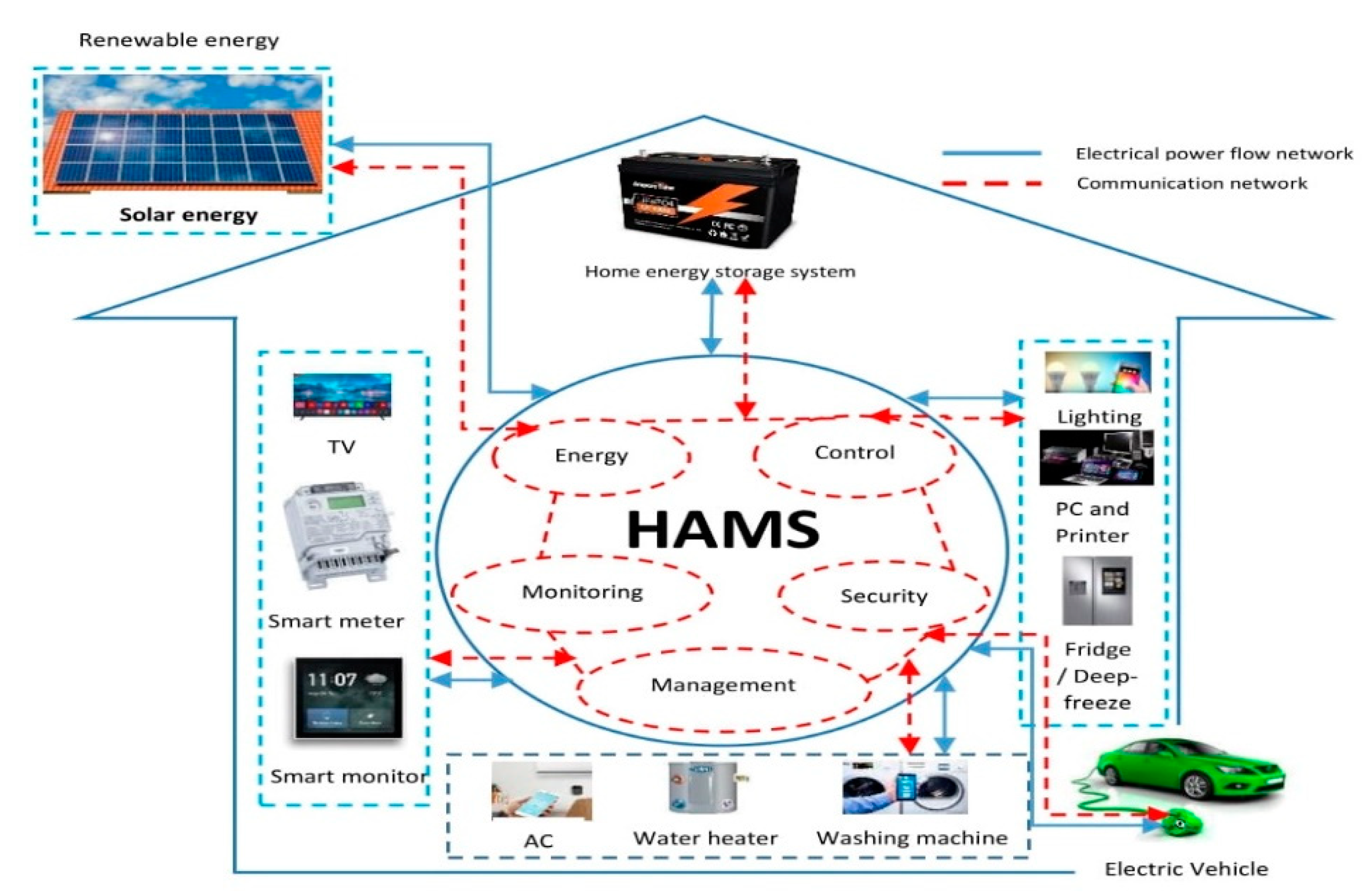
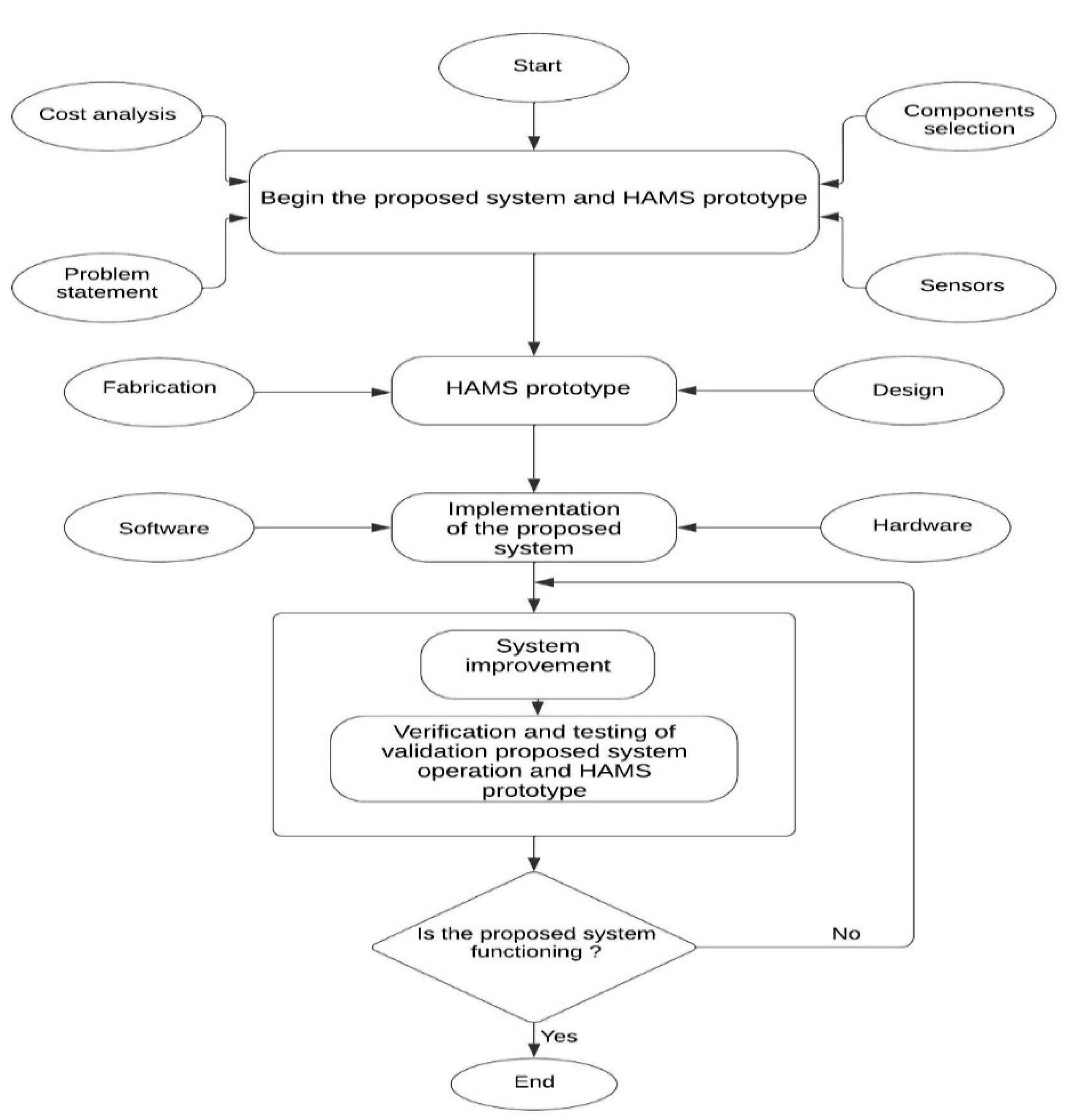
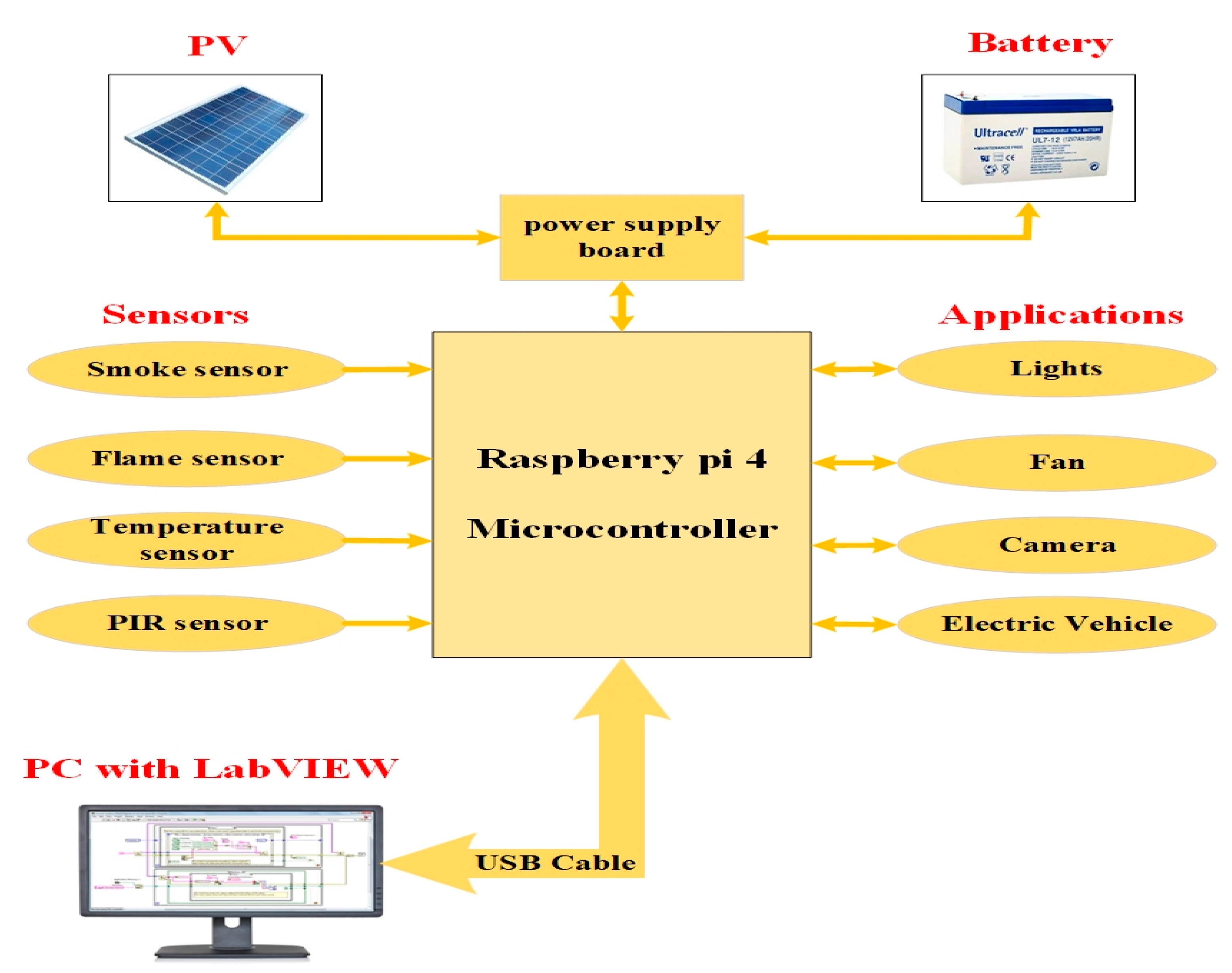
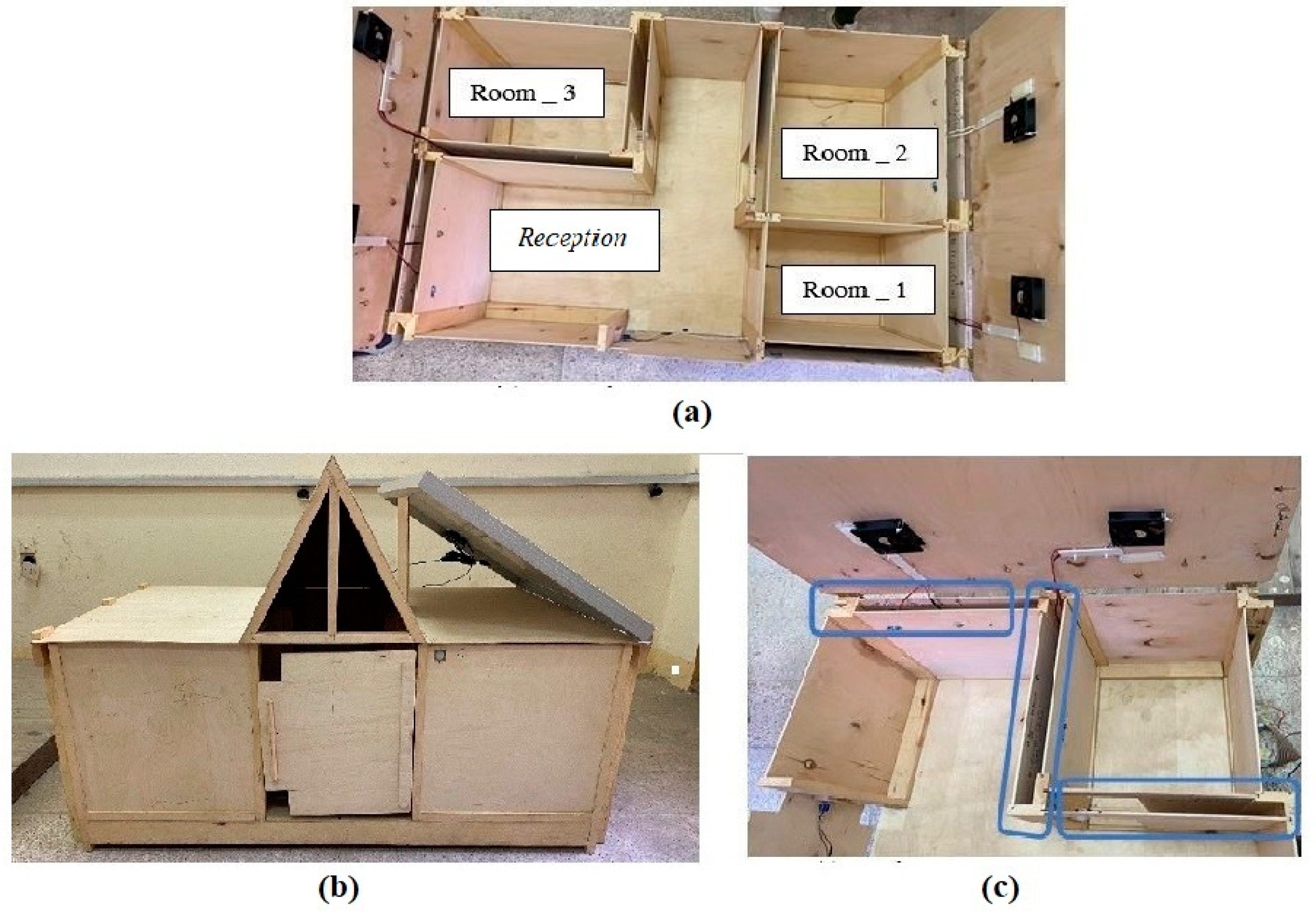
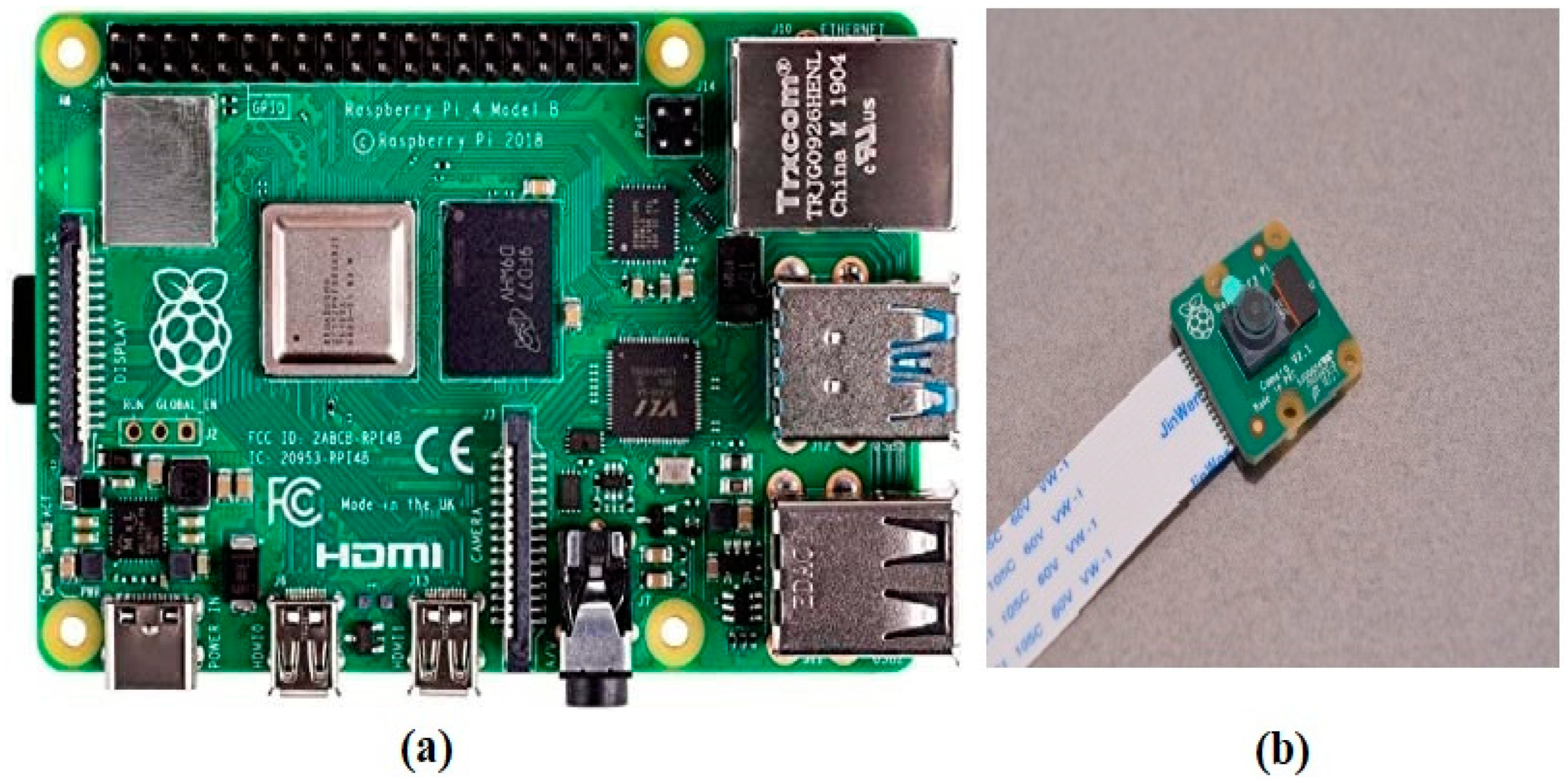
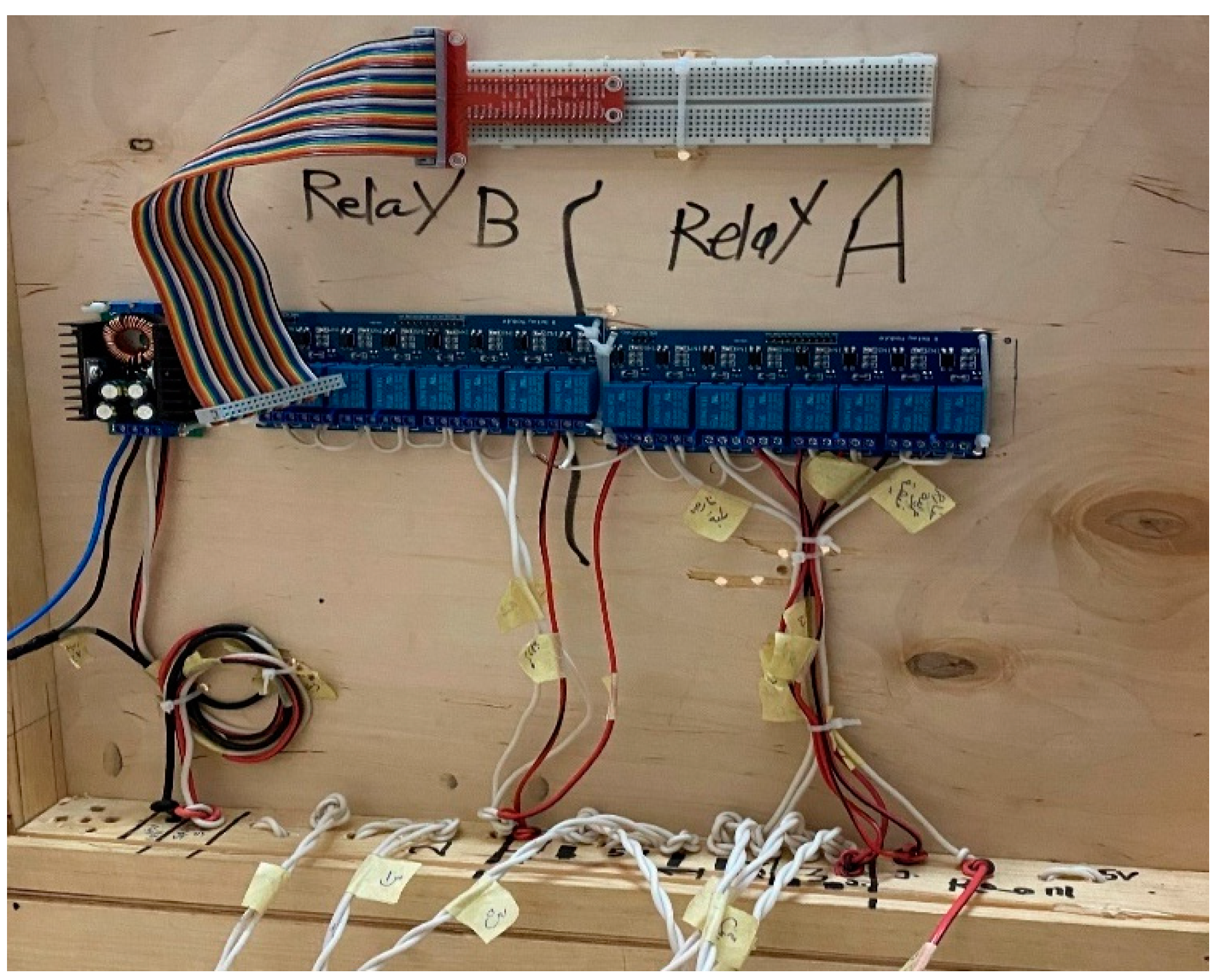

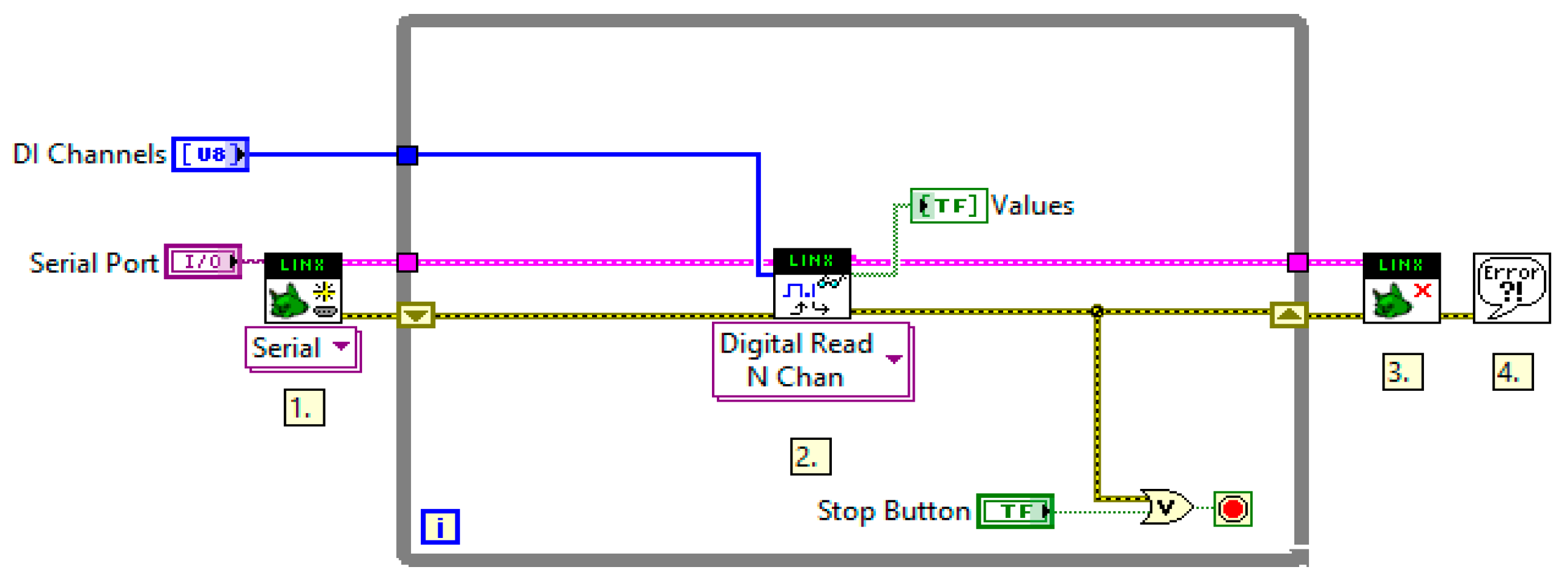


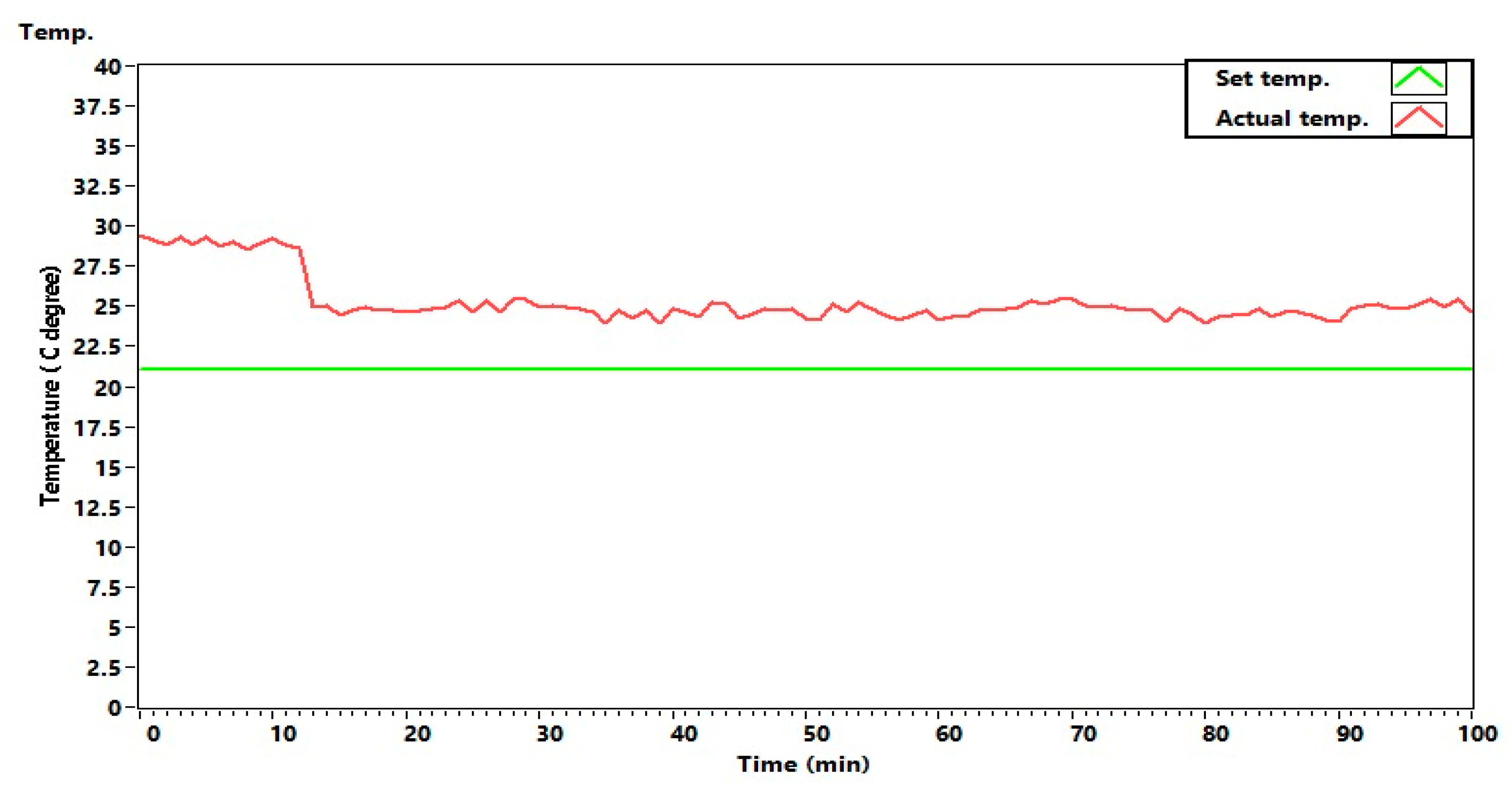
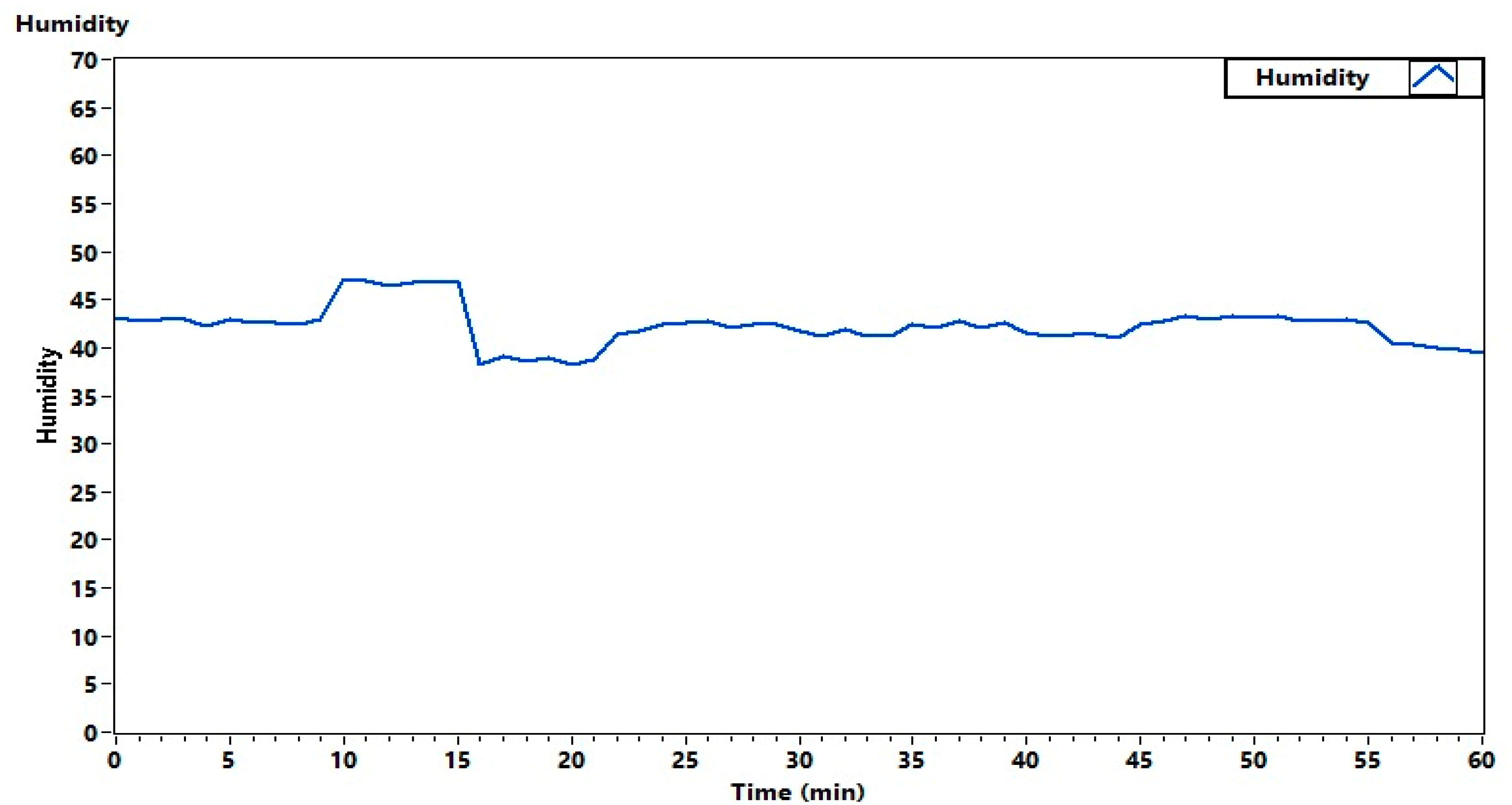
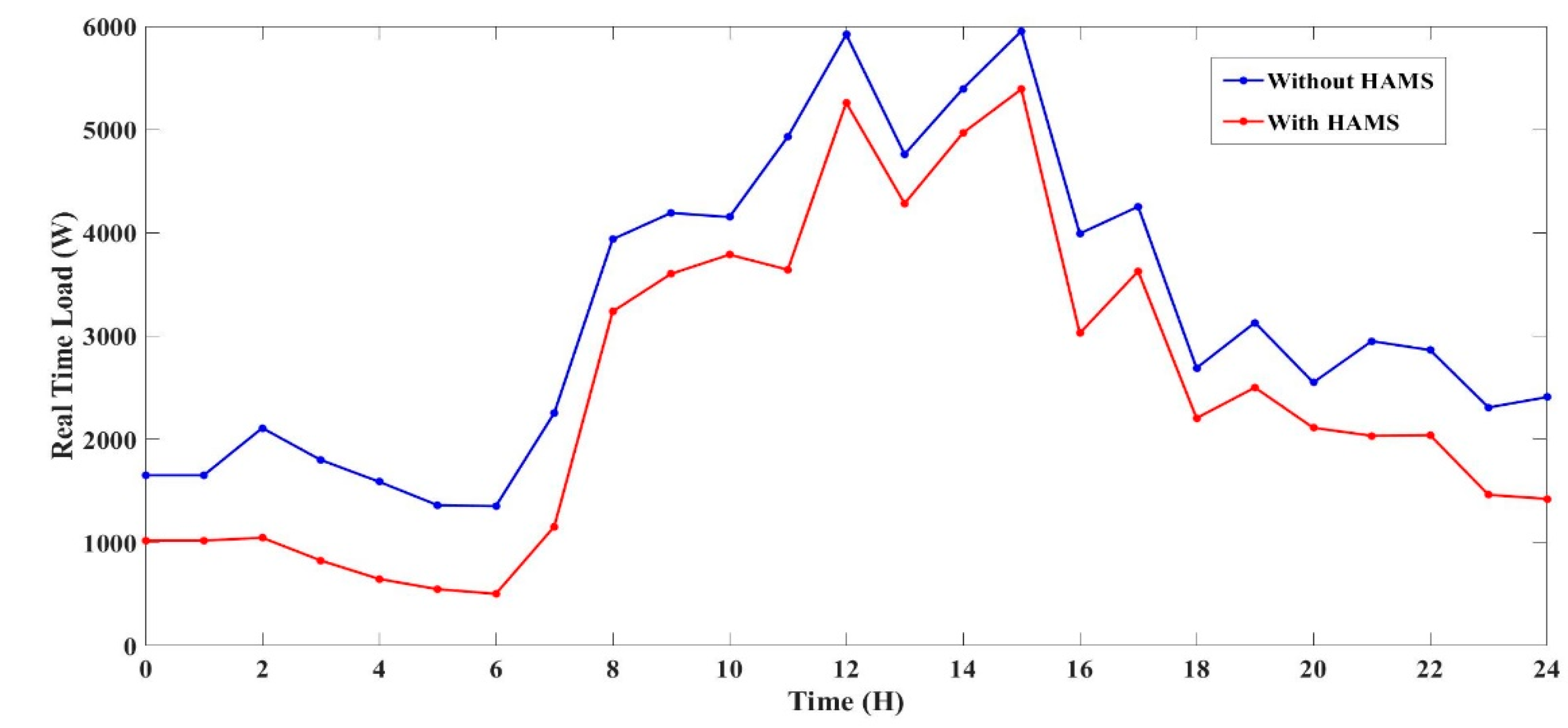
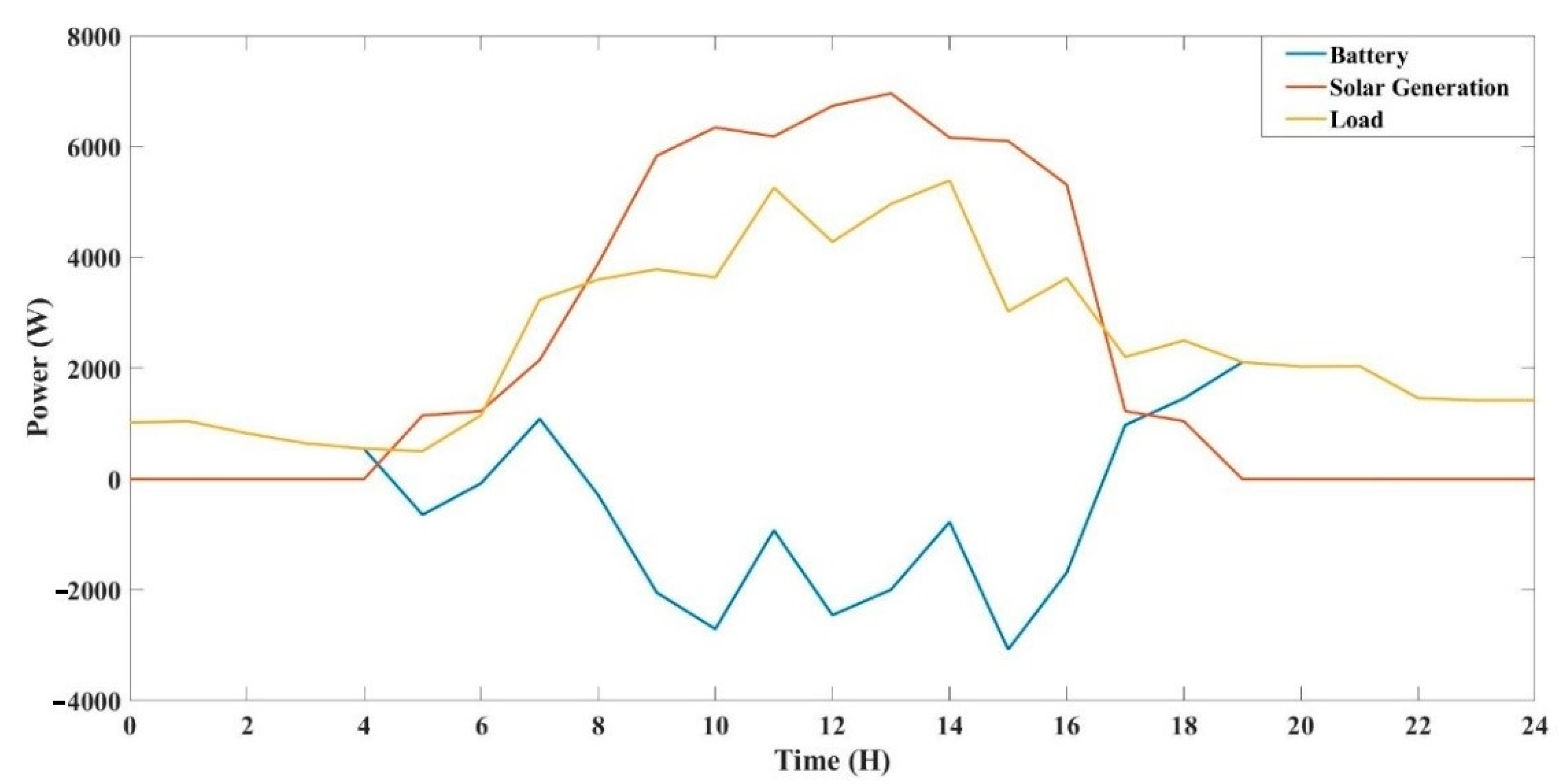
| Appliance | Type of Appliance | Numbers | Power Consumption (W) | Operational Time per Day (H) | Energy Consumption per Day (Wh) | Pre-Defined Schedule of Operation | ||
|---|---|---|---|---|---|---|---|---|
| Inside | Away | Sleep | ||||||
| Water pump | Elastic appliance | 1 | 200 | 3 | 600 | On request | Off | Off |
| Refrigerator | 1 | 100 | 24 | 1800 | On | On | On | |
| Air conditioner | 2 | 1500 | 7 | On request | Off | On request | ||
| Vacuum cleaner | 1 | 700 | 2 | 1400 | On request | Off | Off | |
| Water heater | 1 | 1200 | 3 | 3600 | On request | Off | Off | |
| Space heater | 1 | 1500 | 6 | 9000 | On request | Off | Off | |
| Washing machine | Shiftable appliance | 1 | 700 | 3 | 2100 | On request | On request | Off |
| Cloth dryer | 1 | 2000 | 1 | 2000 | On request | On request | Off | |
| Dish washer | 1 | 1800 | 2 | 3600 | On request | Off | Off | |
| Fan | Fixed Appliance | 4 | 80 | 21 | 6720 | On request | Off | On request |
| TV | 2 | 100 | 10 | 2000 | On request | Off | Off | |
| Light | 20 | 11 | 16 | 3520 | On request | Off | Off | |
| Microwave | 1 | 800 | 3 | 2400 | On request | Off | Off | |
Publisher’s Note: MDPI stays neutral with regard to jurisdictional claims in published maps and institutional affiliations. |
© 2022 by the authors. Licensee MDPI, Basel, Switzerland. This article is an open access article distributed under the terms and conditions of the Creative Commons Attribution (CC BY) license (https://creativecommons.org/licenses/by/4.0/).
Share and Cite
Elkholy, M.H.; Senjyu, T.; Lotfy, M.E.; Elgarhy, A.; Ali, N.S.; Gaafar, T.S. Design and Implementation of a Real-Time Smart Home Management System Considering Energy Saving. Sustainability 2022, 14, 13840. https://doi.org/10.3390/su142113840
Elkholy MH, Senjyu T, Lotfy ME, Elgarhy A, Ali NS, Gaafar TS. Design and Implementation of a Real-Time Smart Home Management System Considering Energy Saving. Sustainability. 2022; 14(21):13840. https://doi.org/10.3390/su142113840
Chicago/Turabian StyleElkholy, Mahmoud H., Tomonobu Senjyu, Mohammed Elsayed Lotfy, Abdelrahman Elgarhy, Nehad S. Ali, and Tamer S. Gaafar. 2022. "Design and Implementation of a Real-Time Smart Home Management System Considering Energy Saving" Sustainability 14, no. 21: 13840. https://doi.org/10.3390/su142113840
APA StyleElkholy, M. H., Senjyu, T., Lotfy, M. E., Elgarhy, A., Ali, N. S., & Gaafar, T. S. (2022). Design and Implementation of a Real-Time Smart Home Management System Considering Energy Saving. Sustainability, 14(21), 13840. https://doi.org/10.3390/su142113840








